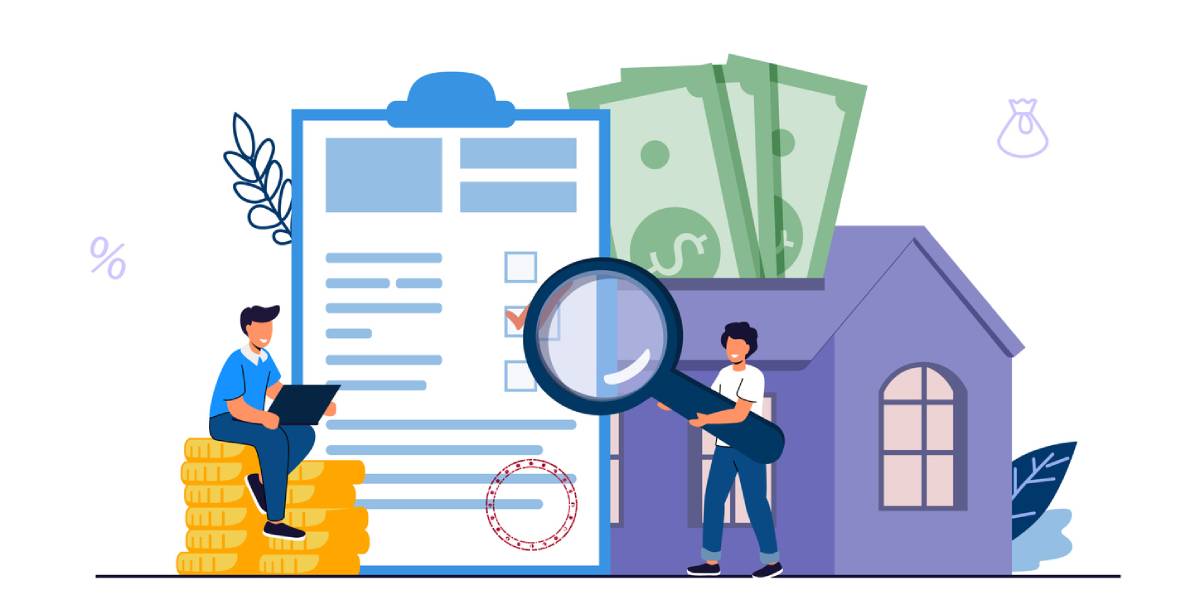Foreclosure occurs when a borrower fails to meet the obligations set forth in the mortgage. When a borrower doesn’t meet their obligations, the lender can foreclose on the property to secure the loan. Due to the legal and financial ramifications of foreclosure, there are a series of steps a lender needs to take in order to complete the process. Below you will find the phases of foreclosure.
The Phases of Foreclosure
The foreclosure process can differ slightly based on a variety of factors, including which state the property is in, whether it is residential or commercial, and the terms of the mortgage agreement. However, there are basic steps that you should be aware of in the foreclosure process.
Default:
The foreclosure process is triggered by a payment default on behalf of the borrower. When a borrower misses one or two mortgage payments, the lender will reach out to the borrower. They may provide a grace period or charge a late fee for the first month, depending on their policy. However, once a borrower misses a third payment, a demand letter is usually sent to the borrower. This letter includes the delinquent payment amount and often provides the borrower 30 days to pay the past due mortgage payments.
Default Notice:
A default notice is sent when the borrower misses a fourth mortgage payment. This is different from a demand letter as it is a request for payment. However, a default notice essentially lets the borrower know that they have 30 days to remedy their past missed payments before the foreclosure process begins.
Notice of Sale:
Depending on the state, there may be a judicial or nonjudicial foreclosure. A judicial foreclosure requires court approval for each step. This can take much longer than a judicial sale. A judicial sale only requires filing paperwork with the necessary court to start the process, and it can move pretty quickly from there. Once the proper paperwork has been recorded in the correct courthouse, the sale can be scheduled.
Once scheduled, a notice of sale must be recorded in the county where the property is located. The notice of sale must include the time, location, and minimum opening bid. The lender may also be required to advertise the sale. This process can be as fast as a couple of months. However, the borrower often has up until the date of the auction to provide the missed payments and foreclosure process fees.
Sale of Property:
If the borrower does not provide payment, the property will be auctioned off to the highest bidder. The opening bid is based on the value of the outstanding loan, any liens, unpaid taxes, and costs associated with the sale. If the highest bidder meets all of the necessary requirements and the sale is completed, a trustee’s deed upon sale is provided.
Bank-Owned Property:
If the public foreclosure ends in a completed sale, this step doesn’t apply. If the home ends up not sold, the lender becomes the owner of the home. The bank will then try to sell the property through a broker or real estate-owned asset manager. The main goal is to get the home sold to recuperate the money from the defaulted loan.
Order to Evacuate:
The borrower will need to vacate the premises. An order to evacuate is issued even if the home is not sold at the public auction. The eviction notice may allow a few days for the occupants to leave the property and remove their belongings.
Los Angeles Short Sale Realtors
If you find yourself unable to pay your mortgage, there are foreclosure options for homeowners. Due to the legal process and financial implications of foreclosure, it’s best to avoid it. As soon as you know you may experience financial struggles as it pertains to your mortgage, contact the top Los Angeles short sale realtors.
